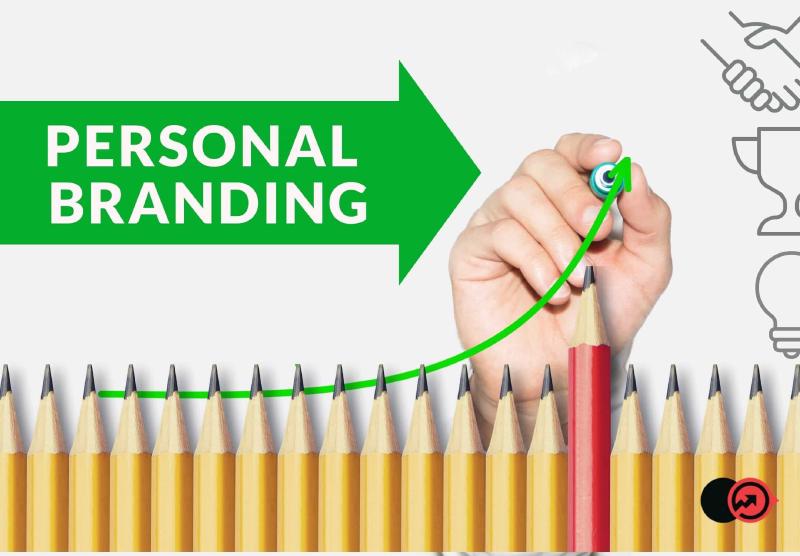Creating a personal brand does not happen overnight and can be overwhelming to start from scratch. This article will teach you how to start and manage a successful personal brand.

Ask yourself the below important questions while defining your personal brand.
- Who Am I?
- What am I passionate about?
- What am I good at?
- What differentiates me from others?
- What certification, training, awards, success stories, and academic credentials do I have and Want?
- How do I establish my credibility
- What are my strengths and Weaknesses?
- Who do I want to impress and win?
- What impact do I want to make?
Developing your personal brand is the same thing as living and breathing your resume.
Follow the below ten steps to creating a brand from scratch:
Step 1: Find your niche.
Define your area of expertise and create your brand story around your expertise with a clear vision.
Step 2: Define the target audience.
Define the audience you want to cater to. Get to know what your audience wants and demands.
Step 3: Define your competitors
Identify your competitors and define what makes you unique. Learn from pioneers in your expertise.
Step 4: Establish Authenticity:
Identify how you can support your authenticity with academic credentials, certifications, training etc.
Step 5: Create a Personal Brand Goal:
Define a precise and achievable goal to align with your branding.
A few examples of setting goals are listed below:
For example:
- For students and Fresh Graduates - The Goal would be to Impress and Win prospective employers by promoting their skills and personality.
- For Influencers - The goal is to have a huge fan following and impress prospective companies to hire them.
- For experienced professionals - The goal is to manage their brand to keep the current employer impressed or impress new potential employers.
- Entrepreneur - To attract potential investors and lead successful ventures.
- Artists/Photographers - To showcase their talent and skills that attract the right audiences to engage with them.
Step 6: Establish a Brand Identity
Create a unique look such as colours, font, logo etc., that's easily identifiable with your brand. Use the brand identity to define consistent communication everywhere - websites, social media, webinars, speaking engagements etc.
Step 7: Create a website
Plan and design the website that reflects your brand. Blogging can be a great addition to your website to back up your expertise.
Step 8: Establish Social Media Accounts
Decide which social media platforms you want to promote yourself and how.
Step 9: Develop a Strategy
Develop a short-term plan and a long-term plan to achieve your goals. The strategy must include how, when and where content is delivered.
Step 10: Feedback, Modify and Improve
Always measure your success to know whether or not you are going in the right direction. And modify your goals to accommodate the target audience.


